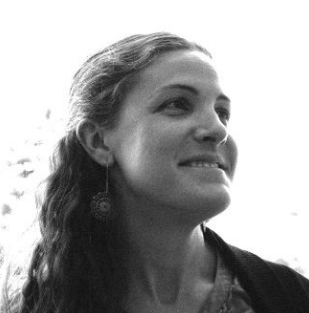CraftED guest blogger, Julia McBride, shares her thoughts with the CraftED Community on how to lead an annual PD Revolution. Read below for Part I of this thoughtful series…
In my home state of Michigan, educators in public districts can pretty much count on their in-district professional development satisfying the vast majority of what’s required of them for state re-certification. Although this potentially simplifies a teacher’s life, it doesn’t mean district
If you are a school leader or an instructional leadership team, here are 5 steps to change that narrative – to become intentional architects of adult learning in your building, honoring what so many educators are calling for: deeper professional learning.
Get collectively (re)clear about what you care about most.

What gets you and your staff up every morning and excited to come to work? What is your ideal graduate? Do you have a graduate profile (New Tech Network’s sample)? What is it, truly, that you are striving for as a team? What do you believe? This is something you don’t just talk about once in a mission and visioning session. This is something that should easily roll off the tongue of anyone on your team whenever asked, because it flows through them and inspires every single one of you. Start here, and keep coming back to it. And don’t assume a new staff member will pick it up. Create moments where the team regularly re-owns it, so your “north star” is always informing your efforts.
Collaboratively and courageously make sense of how you’re doing in service of what you care about most.
Collective capacity building in response to where your students need you to grow takes intention, vulnerability, and care. Grounding yourselves in your purpose, take steps to…
Decide WHAT information about teaching and learning (data) is most relevant to your purpose. What’s going to help paint the clearest and most aligned picture of how you’re doing in relation to your ideal? This might be student work samples. It might be standardized test data. It might be student or parent surveys. It might be a combination of these things or maybe it’s data you commit to creating.
Decide WHO will do the collaborative sense-making with that information about teaching and learning. If you’re a large staff (30+), consider smaller team analyses of data first and then synthesize as a collective. If you’re a smaller staff, do that sense-making together.
Decide HOW you will go about making sense of the most relevant data. This step is not to be taken lightly. This is a key place to model the deeper learning principles and practices you’re asking your staff to embody in their classrooms. This is where you can honor John Heron’s assertion that, “The dynamic of the group is grounded in the life of emotion and feeling.” What is the current state of the culture of your staff? What kinds of constraints (this doesn’t have to be perceived as negative) are most likely to help you and your team be the best versions of yourselves, so that you can critically critique the current state of your outcomes? National School Reform Faculty (NSRF) is stacked with protocols to support this. Protocol facilitation takes deliberate practice – don’t give up.
Read Part 2 for a trip from the big picture over to zeroing in on a laser-like, purpose-driven focus for improvement.
New Tech Network references and links used with permission.
About the author:Julia is currently a Professional Learning Coach with Michigan Virtual, working to increase capacity across Michigan’s K-12 system. She holds a K-12 Educational Administration Certificate from Michigan State University, a MA in Secondary Education: Social Sciences from DePaul University, and a BA in Sociology and English from The University of Michigan. Previously, Julia worked with the national non-profit school development organization, New Tech Network, and taught high school and middle school History and English in Chicago and Detroit.
